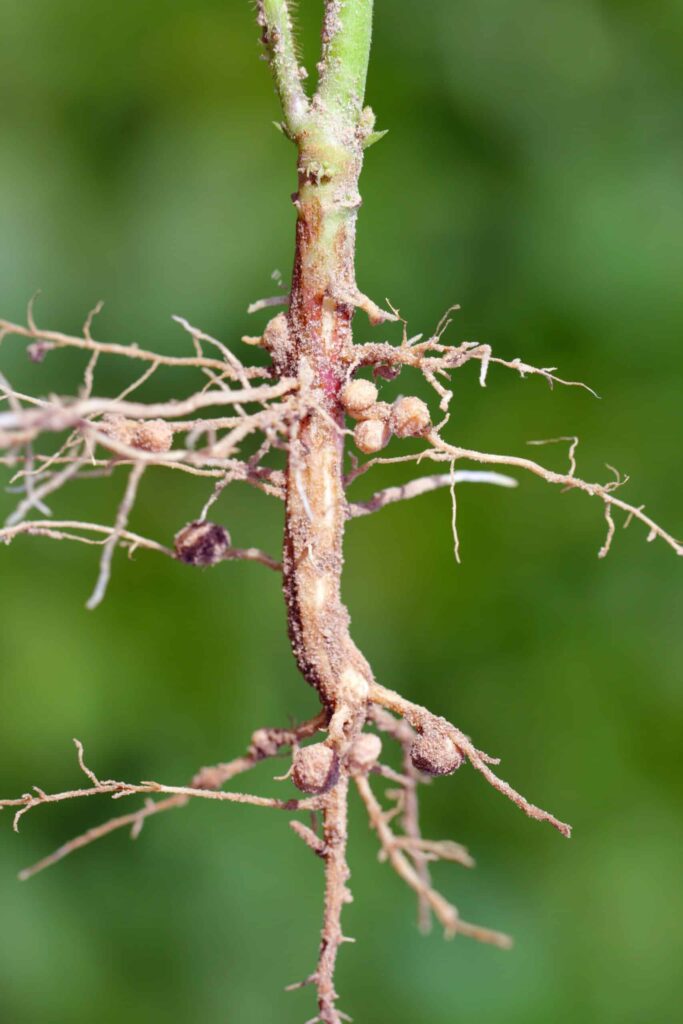The shift over the last few generations towards large-scale agriculture has brought immense benefits and is key to the challenge of feeding a growing population worldwide. As expected, there have been some drawbacks too: we are seeing cumulative degenerative effects on soil health, and amid the push for ever higher yields, occasionally some loss of food flavours and nutrition. While we cannot reverse the yield increases, nor would we want to, we can address some of sizing up’s spin-off impacts by increasing our focus on the micro-end of the spectrum, both in physical size and commercial activity.
Microbiologicals include a diverse group of bacteria and fungi that can have a significant beneficial impact on crop health and production. Humans have been intentionally applying microbiologicals for generations. The most familiar example of course is Rhizobia, which was identified for its nitrogen fixing properties way back in the late 1800s. These organisms have broad applications, from biofertilizers to biopesticides and more. Some, like Bacillus subtilis, cross the boundaries between categories, offering benefit in multiple applications. We expect that some groupings will offer even greater benefits when suitably combined.
Unlike other biostimulants that have a short-term impact on plants, microbiologicals, as living organisms, have a longer-term effect, working over the entire lifecycle of the plant and also working at the soil health level. This distinction sets microbiologicals apart and highlights their huge potential for sustainable agricultural practices.
The pursuit of microbiologicals is not a priority for large multinational players in the agriculture industry. These companies heavily rely on complex and scalable supply chains to meet their production demands. Because microbiologicals, being living entities, pose challenges in terms of storage and transportation, they are less suitable for large volume supply chains. This opens an opportunity for smaller companies like us to embrace their unique position in the marketplace. In fact, smaller-scale companies have a critical role to play in bringing microbiologicals to agriculture, as they bring fresh perspectives, agile decision-making, and efficient operations to the development and production of microbiologicals. These traits allow us, and others like us, to tap into the untapped opportunities, foster innovation and thus unlock the immense potential of microbiologicals that will help to drive global agriculture towards a more sustainable future.
Introducing microbiologicals comes with its own challenges. Soil hosts a complex and interconnected community of organisms and any change can have ripple effects throughout the microbiome. Ensuring consistent quality and viable products is key for efficacy. Consequently, microbiologicals face rigorous regulatory scrutiny, making it difficult to achieve approval for their use in crop production.
Bringing microbiologicals to market is undoubtedly a challenging endeavor. It requires cutting-edge scientific capabilities, adept regulatory navigation, and above all, unwavering dedication to innovation. The investment and effort involved though are worthwhile: these tiny organisms offer unique and long-term benefits to soil health, crop health and production.









